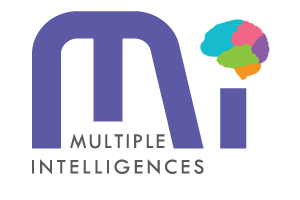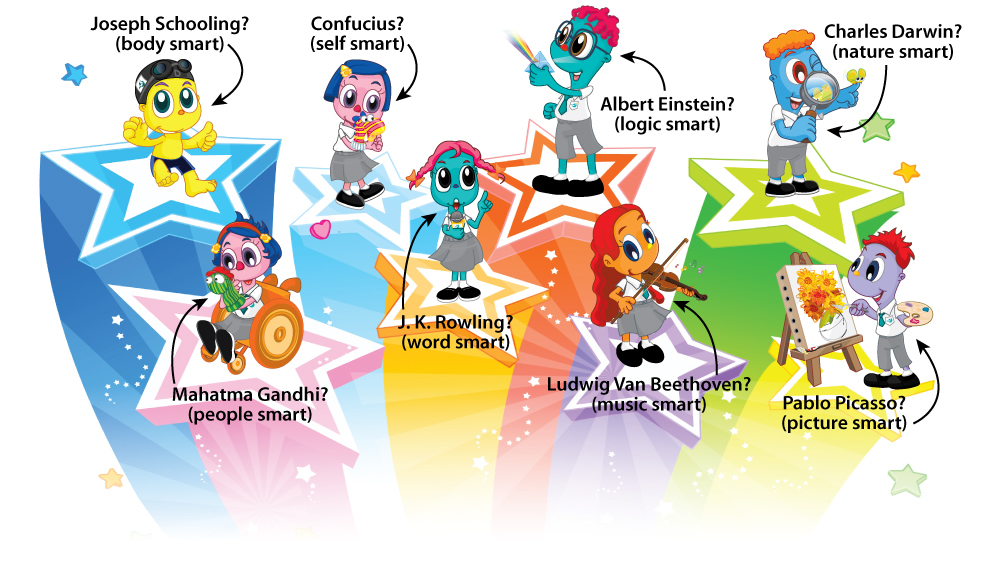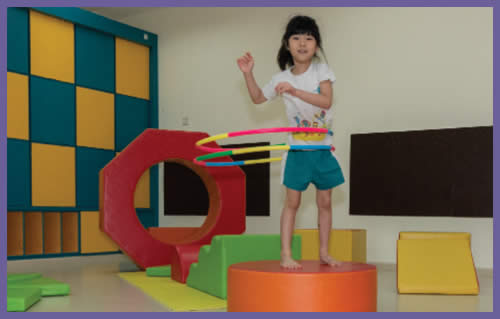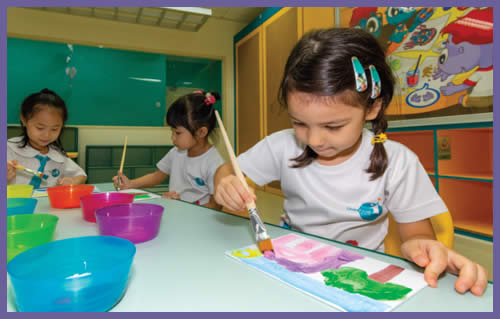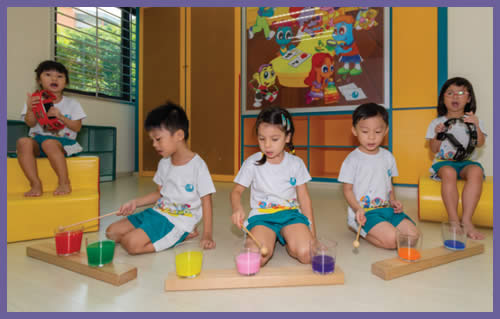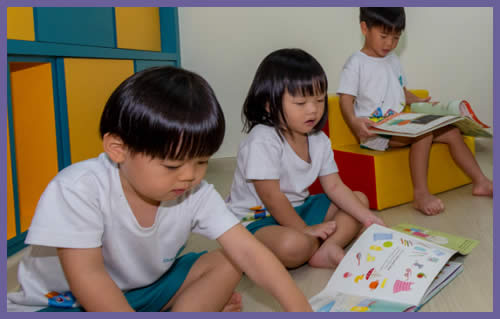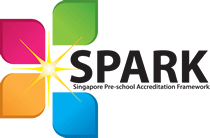MI – MULTIPLE INTELLIGENCES
Harvard University Professor Howard Gardner’s famous Theory of Multiple Intelligences (MI) states that every child has at least eight types of intelligences.
Apple founder Steve Jobs did not graduate from university and Alibaba founder Jack Ma may not have been academically accomplished. By traditional education standards where success is synonymous with good grades, they have both failed! Yet they are successful figures in their field today because they were given the opportunity to realise their unique talents.



